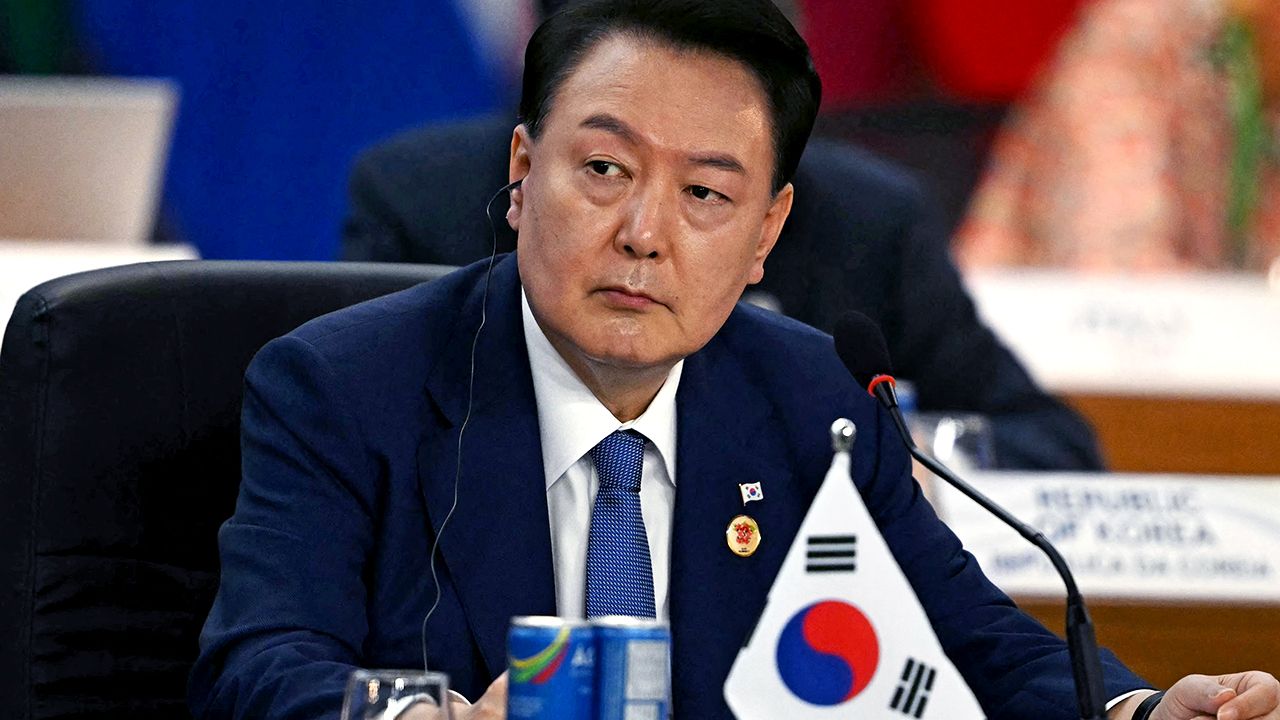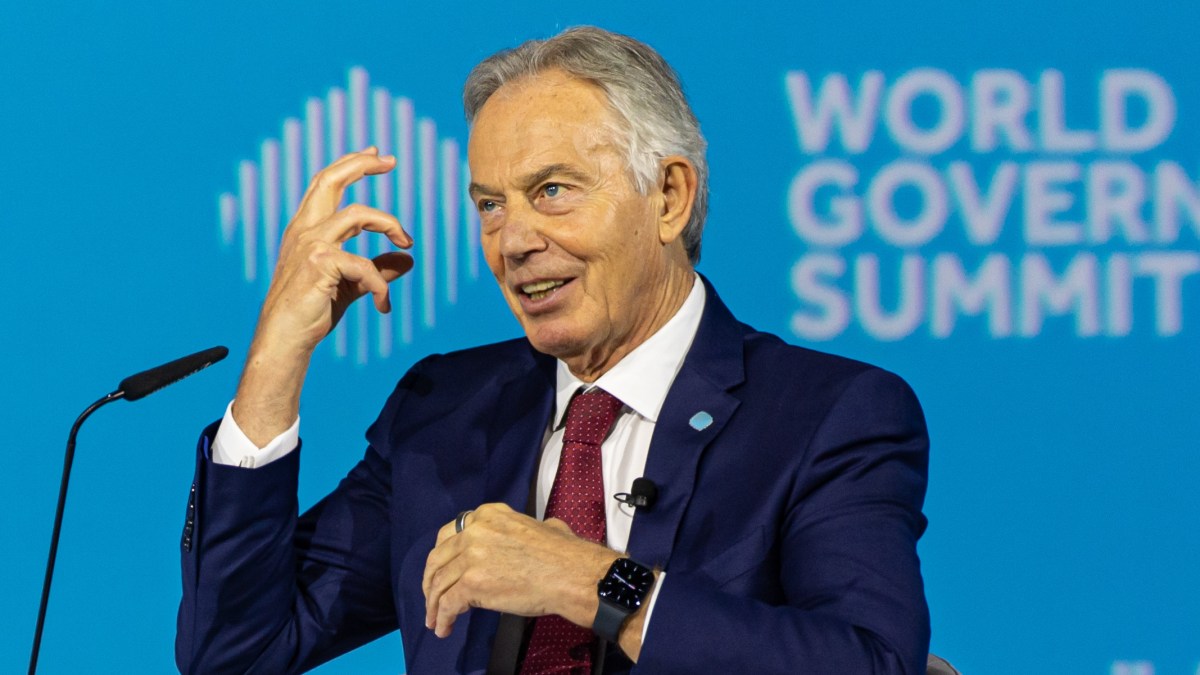Introduction
In response to Trump’s car tariffs, South Korea has announced a $2 billion aid package to support its automotive industry. This strategic move aims to mitigate the tariffs’ economic impact and bolster local manufacturers.
Background
The former US administration’s tariffs have posed challenges for South Korean automakers like Hyundai and Kia. Since a large portion of their exports goes to the US market, these companies now face increased costs that threaten their competitiveness.
Details of the Aid Package
The $2 billion aid package includes several key components:
- Subsidies for Domestic Production: The government will offer financial incentives to manufacturers that increase local production. This support helps offset the tariffs’ effects.
- Research and Development Funding: The package prioritizes investments in R&D to enhance innovation in electric and autonomous vehicle technologies.
- Support for Affected Workers: Additionally, the aid will assist workers in the automotive sector who may suffer from the tariffs’ economic fallout.
Economic Implications
By proactively investing in domestic production and innovation, South Korea aims to protect jobs and stabilize its automotive industry. Experts believe this strategy will strengthen the country’s position in the global automotive market and reduce reliance on US exports.
Diplomatic Considerations
Furthermore, this aid package signals South Korea’s intent to engage diplomatically with the US. By taking decisive action, the country hopes to foster constructive discussions on trade relations and create a more favorable environment for its automotive exports.
Conclusion
South Korea’s $2 billion aid package represents a robust response to the challenges posed by US tariffs on imported vehicles. By supporting local manufacturers and investing in future technologies, South Korea seeks to strengthen its automotive sector. Observers will closely monitor the effectiveness of this strategy as the global automotive landscape continues to evolve.




